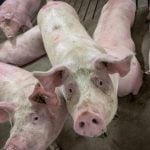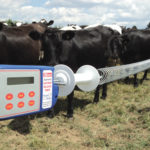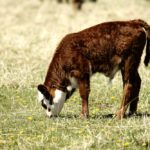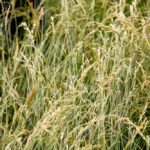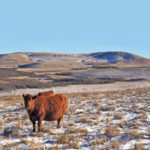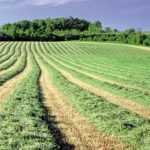Chicago | Reuters — Drought conditions in the northern U.S. Plains that have propelled spring wheat prices to a three-year high worsened in the past week and there are forecasts for more hot and dry weather that could crimp the harvest. As the world struggles with a glut of grain that has filled inventories to […] Read more
